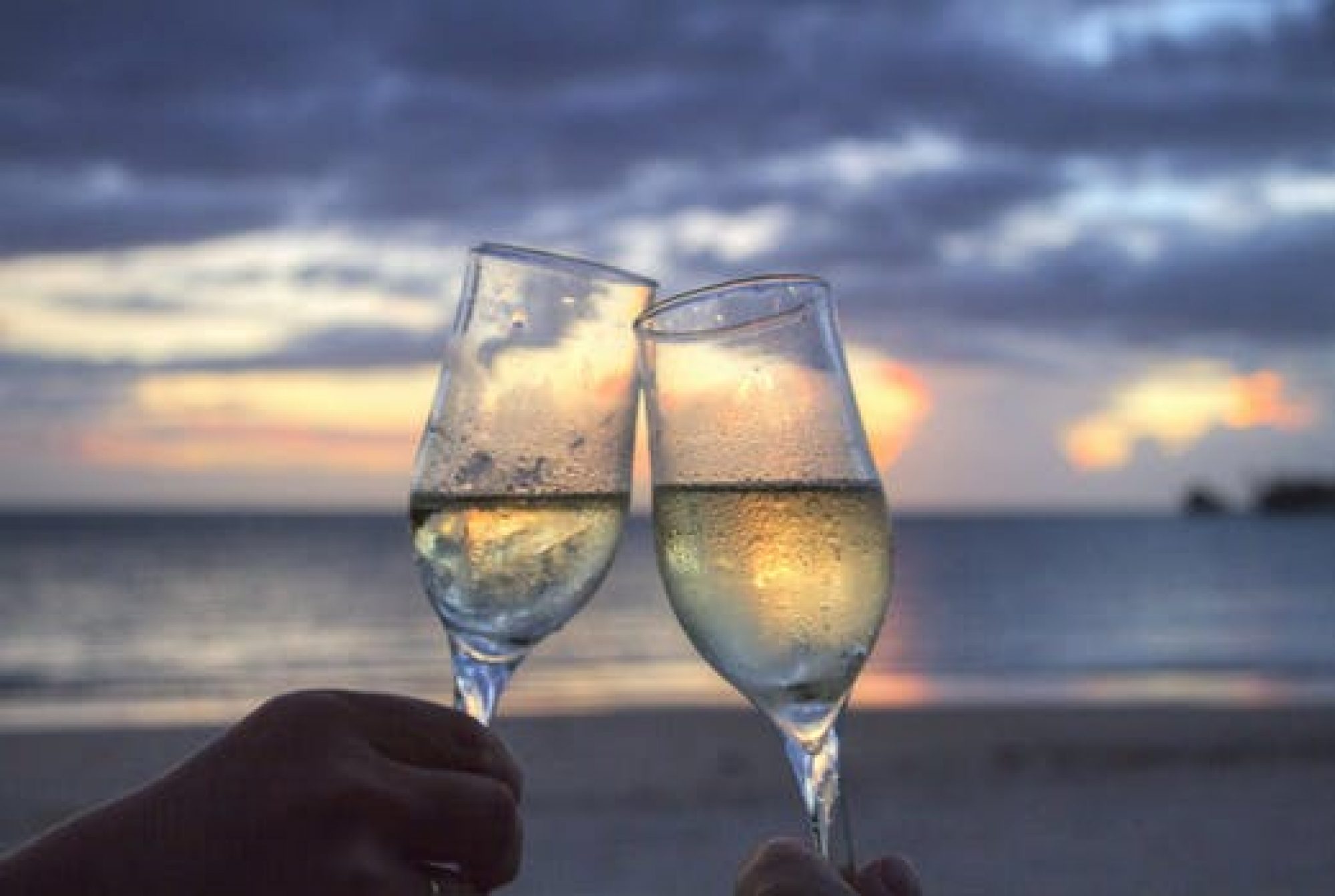Want higher wine profits?
Need lower inventories?
Require a trained staff?
Want reduced liability?
I can provide the following:
- Wine list preparation and supervision.
- Tracking profitable wines vs. unprofitable ones.
- Establish a wine centric atmosphere.
- Create wine events- Dinners, tastings.
Wine List Construction
The most significant contributor to wine sales is the Wine List. In my career I have seen thousands of these and many were in leather cases with extensive listings. Unfortunately most of the them remained at the matre’d’ stand gathering dust. Wine lists that sell have the following characteristics:
1. They are part of the menu. Whether on the reverse side or combined with the food offerings, they are seen by all patrons
2. They are short. Unless the establishment is seeking a high rating from the Wine Spectator, twenty to thirty selections should be sufficient. The idea is to allow the diner to search quickly without a lot of page turning.
3. Selections should include 30% national brands, 30% high profit items, and 40% personal favorites. Most diners don’t want to be gouged and usually want to compare at least one or two wines to their retail price. Having a list of totally unknown wines discourages the diner from purchasing a more profitable wine.
4. Pricing is the most difficult part of wine list construction. Many restaurants use the adage of double the cost on bottles and quadruple the cost on glass offerings. My experience has been different. I have found that pricing 50% of the bottles between ten dollars below and ten dollars above the doubled entree’ price is the most profitable strategy. That may mean lowering the markup to reach these prices. Research has shown that customers are most willing to pay twice the price of an entree’ for a bottle of wine. The markup should be a sliding scale. For example if entree’s price averages $25, bottle wine prices would be $40 to $60. The idea is to make a designated amount on each bottle, say $10. Therefore the $40 bottle would cost anywhere up to $30 and the $60 dollar bottle would cost up to $50. It never works to gouge the customer selling a $20 wine for $60. Using the same methodology, glass wine prices would be up to half the price of an entree’. Therefore the highest glass price would be $12.50. Research has further shown that even prices sell better than odd so consider reducing the glass price to $12. This may be high for some customers, so another offering at $8 would be beneficial. There are many wine available between $8 and $12 to fit the bill. Just be prudent. Remember, you take dollars to the bank, not percentage.
